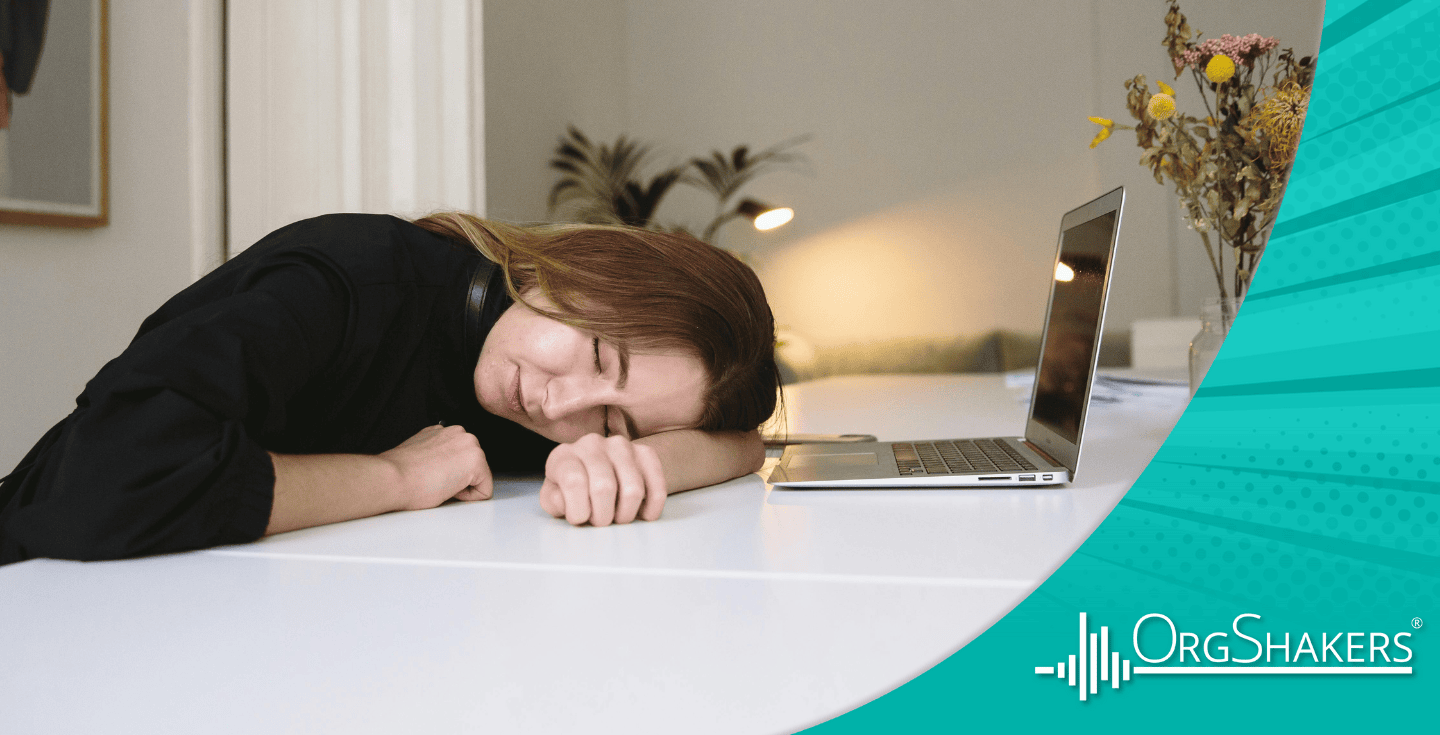Menu

Nap Time at Work: Productivity Booster or Professional Taboo?
Napping at work is not as unusual as you might think.
In fact, 42.7% of US employees admit to napping on the job, while one study found that the average remote-working Briton was sneaking in three lunchtime naps per week. Our own poll echoed this trend, with 66% of respondents saying they either already nap at work or would be open to it.
So, is it time to challenge the stigma around sleeping at work? Or should it remain a strictly “off-limits” practice?
The Case for Workplace Naps
Cultures around the world have long embraced the idea of a midday rest. In Japan, “inemuri” (napping at work) is seen as a badge of honour — proof of dedication. In Spain and Italy, “siesta” and “riposo” have historically been built into the rhythm of the day.
And in recent years, some of the world’s biggest employers have followed suit. Google has its “Shhh Zones”, Amazon provides nap pods, and Ben & Jerry’s has had a nap room for decades.
For them, napping is not a sign of laziness – it’s a strategic move to recharge employees and boost performance.
The science backs this up:
- Short naps (15–30 minutes) improve memory, focus, and creativity.
- They can reduce stress and anxiety, improving overall wellbeing.
- Research shows that managers are more likely to nap (55% compared with 41% of non-nappers) and are more likely to have been promoted.
- Even a six-minute nap can improve learning and cognitive performance.
As psychologist Dr. Sara Mednick explains, our bodies naturally dip in energy mid-afternoon due to circadian rhythms. Many of us reach for coffee, but biologically our bodies are asking for rest. Humans were once biphasic sleepers (two sleeps a day), and our systems are still wired to benefit from it.
The Risks of Napping at Work
Despite the evidence, workplace napping continues to carry a stigma in many places – especially the US, where federal workplaces explicitly ban it. Employees worry they will be seen as lazy or unprofessional if they nod off during the workday.
There are also practical risks:
- Sleep inertia: longer naps (beyond 30 minutes) can leave people groggy and less productive.
- Dependency: if naps are compensating for chronic sleep deprivation, the real issue lies in poor nighttime sleep habits.
- Equity concerns: not all employees have the same access to private space or flexible schedules to nap, which can create perceptions of unfairness.
And while some leaders see naps as a performance booster, others still view them as a breach of workplace culture. The tension lies in how naps are framed and managed.
Rethinking Naps as a Wellbeing Strategy
Handled well, workplace naps could become a cost-effective wellbeing initiative. With burnout on the rise and well-being a top HR priority, allowing naps may be one way to address the problem.
Practical ways employers can support this include:
- Designated nap spaces (pods, quiet rooms, or recliners) to reduce stigma.
- Encouraging short naps only (15–30 minutes) to avoid grogginess.
- Educating employees about the benefits of naps and how to use them responsibly.
- Flexible approaches: making naps optional, not mandated, while valuing trust and outcomes over presenteeism.
As Arianna Huffington, now a vocal advocate of sleep at work, puts it:
“If people have been up all night because of a sick child or a delayed flight, if they have the opportunity to nap, they will be much more productive and creative for the rest of the day.”
The Bottom Line…
Napping at work may feel taboo to some, but mounting evidence suggests it’s time to reframe how we view rest in the workplace. Short, structured naps can improve focus, wellbeing, and productivity – and with remote and hybrid work making naps more accessible than ever, the trend is only likely to grow.
Rather than resisting it, forward-thinking employers may want to explore how naps could become part of their wider wellbeing strategy. After all, a rested workforce is a more engaged, innovative, and resilient one.



